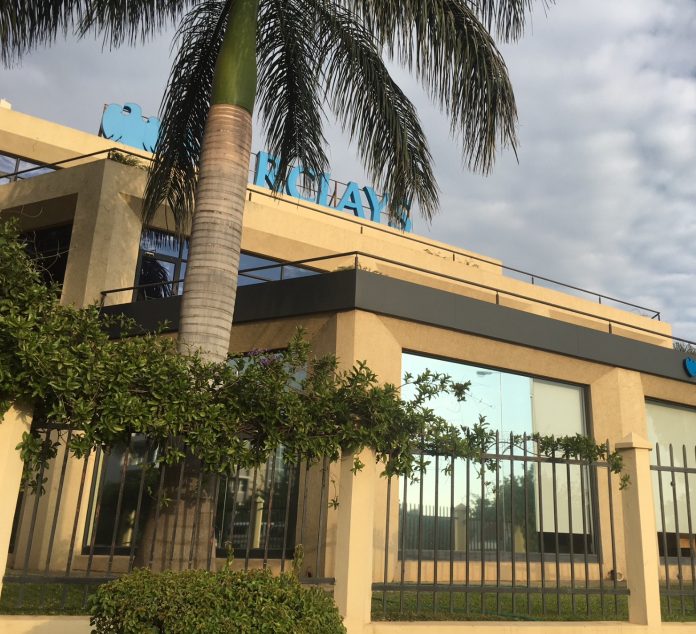Commercial banking YTD (Q1-Q3: 2018) headline earnings, as per published prudential returns, showed that the profit after tax (PAT) earnings were unchanged at K1bn. This reflected a marginal 0.3% slide compared to YTD (Q1-Q3: 2017) with BBZ (K249mn), SCB (K221mn), SBZ (K155mn) and BOC (K103mn).
These commercial banks contributed 74% of the industry earnings leaving the other 14 banks to grapple with 28%.
Widening doubtful debt stock in 2018
The stock of doubtful debts in Africa’s copper producer, Zambia, more than doubled to K650mn from K302mn. This represented a 115% year on year rise. This was due to a deteriorated credit environment fueled by a wide spectrum of factors ranging from weather factors adversely impacting agro sectoral to general exposures to sovereign risk. The Q3 stock of domestic arrears rose 5.8% to K14.7bn from K13.9bn due to additional disbursements. (as confirmed by Q3 fiscal performance brief). This is forecasted to impact the commercial banking credit impairment stock which is already in breach of the 10% prudential limit at 12.4%. Other contributors of the rise in credit risk are the new accounting reporting standard (IFRS No.9) providing for more stringent credit provisioning. Of the K650m of the doubtful debt number, 42% contributors were Stanbic Bank (K131mn from K42mn Q3: 2017) and Zanaco (K147mn from K98mn).
Easing interest expense as liquidity improves
Interest expenses narrowed significantly by 28% to K1.4bn from K2bn as interest costs eased backed by depressed liabilities as market liquidity concerns persist in the Zambian market. ZNCB (K247mn), BBZ (K186mn), Atlas Mara (K149mn), SBZ (K141mn) and SCB (K126mn) accounted for 60% of the industry’s interest expense.
Elevated treasury bill curve compensates for depressed appetite for paper
Interest income was infinitesimally flat at K5.4bn (0.3% rise) as appetite for government securities declined as evidenced by government security undersubscriptions in the period. However this was compensated by higher yields from an elevated treasury bill curve in the 9m (20.5%) and 1yr (23.56%). Key contributors of the interest income line were ZNCB (K889mn), SBZ (K773mn), BBZ (K751mn) and Atlas Mara (K347mn) accounting for 63% of the income line.
Non-interest income grows 13% but Q4 will be different
Non-interest income grew 13% to K2.7bn from K2.4bn breakdown being a fee and commissions line rising 17.6% (to K1.67bn from K1.42bn) and trading income line 4% higher (to K792mn from K762mn). Trading income market leaders were SBZ (K190mn), SCB (K116mn) and BBZ(103mn) accounting for 52% of the industry’s share. Overall non-interest income rankings were SBZ(K466bn), Zanaco (K424bn), BBZ (K327bn), SCB (K313bn) and Atlas Mara (K266bn) jointly representing 67% of the sector income line.
Unwarranted fee and commission scrapping effect
However worth noting is following the Bank of Zambia directive to scrap unwarranted fees going forward, banks fee income line will narrow for banks whose models depend on fees and commission. However this will add immense pressure and will also overemphasize the need for structured products and focus on areas such as FX and IR trading to compensate for the loss in income from unwarranted fee directive implementation. Q4 results will show a more vivid picture of how this will impact the NII line. Q3 only had one month of the implementation of the directive. This could further result in corporate restructures through potential layoffs, amalgamation of smaller banks in the year 2019 for FIs to remain competitive.
Ratio analysis – cost to income (CTI) and return on equity (ROE)
Citi once again demonstrated cost leadership with a CTI ratio of 36% despite a 10.3% widening from Q3 period the previous year. Of the top 5 earning banks respective CTI’s were BBZ (51.2%), SCB (53.8%) and SBZ (59.8%). BBZ had the largest improvement in CTI recording a 7.7% improvement to 51.26%. ZNCB deteriorated 7.8% to 79.7%. (Please note that this analysis is restricted to the top 5 PAT leaders).
SCB had the highest return on shareholders’ equity (ROE) at 36.7% (from 34.2%) followed by Citi at 20.44% (from 23.72%), BBZ at 18.12% (from 17.86%), SBZ at 12.97% (from 15.85%). ZNCBs ROE deteriorated significantly to 3.88%.
Commentary and forecasts
A very interesting time in the Zambian market especially at a time when the copper producer is grappling with debt and sovereign risk concerns which potentially impacts credit appetite. Commercial banks have to adjust their risk grading to reflect the sovereigns Fitch/S&P/Moody’s (B-/Caa1) ratings. The government curve is currently elevated with all odds pointing to a bearish rate environment. The banking industry still remains fairly resilient and a key partner in the GDP growth equation, providing financing to key sectors such as agriculture, mining and the small to medium sized enterprises (SME’s).
BBZ takes a sprint lead with SCB trailing behind by a whisker while SBZ takes third place. It’s worth noting that despite the YTD performance skew, SBZ and ZNCB have performed fairly bullish from a revenue perspective, but for the credit impairments provided which in our opinion could be a ‘profit preservation buffer’ which could/will be written back (reversed) in subsequent periods. When this happens these two banks will take significant leads. The two (2) banks are in our opinion the strongest of the industry as they lead on most of the income and expense lines. This is despite them not being in the top 2 on PAT basis. SBZ consistently maintains its top position as trading income leader while ZNCB leveraged off its scale as leader on fees and commissions.
On the downside, the Zambian market still grapples with domestic arrears whose stock has widened 6% to K14.7bn. This is worrisome as it could potentially signal a rise in NPLs which could increase cost of banking.
Citi demonstrates leadership in cost efficiency which will become very critical in the subsequent quarters with banks fee and commission lines thinning out on the BOZ directive. From a sustainability perspective, with rising threats on interest expense lines and regulatory caps on fees, the race will be won by efficiency skewed thinking.

